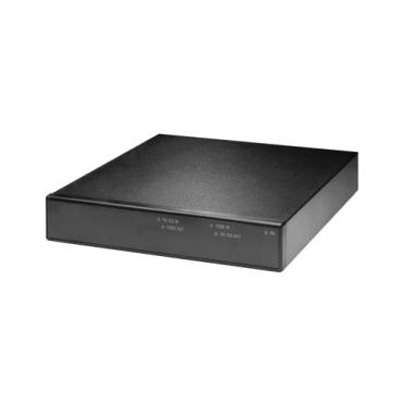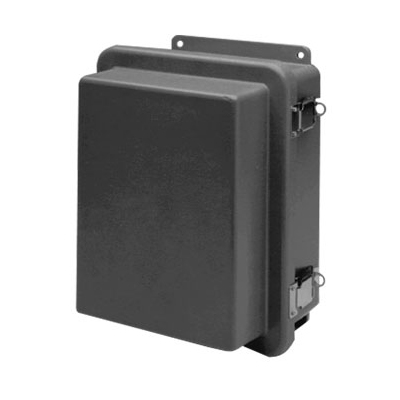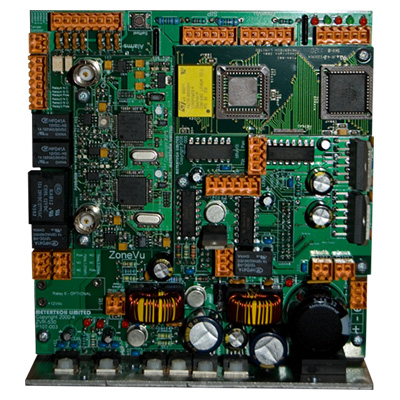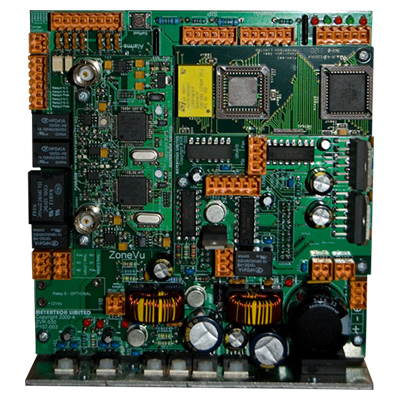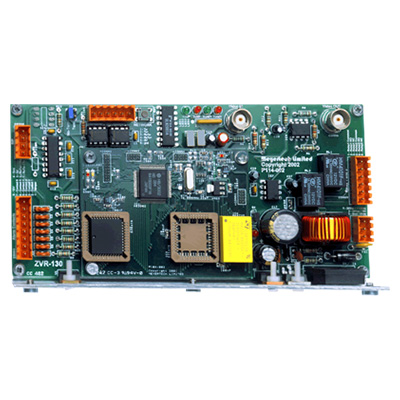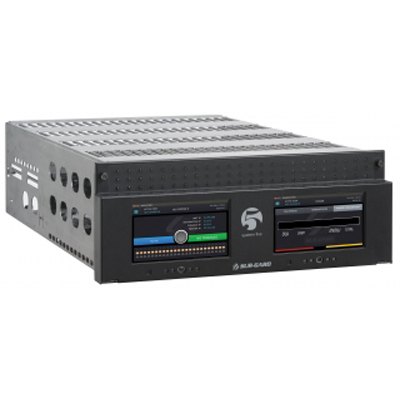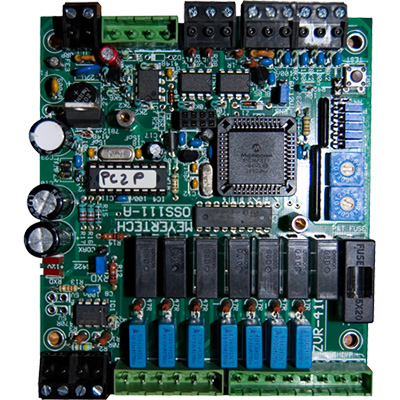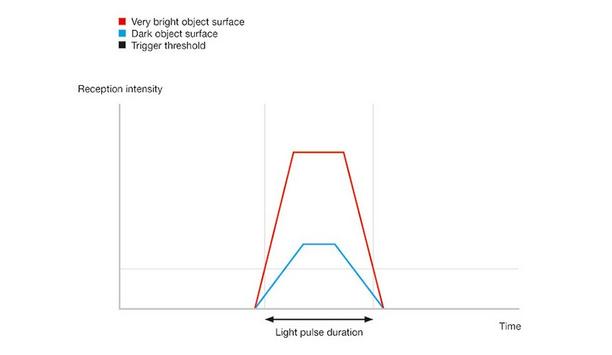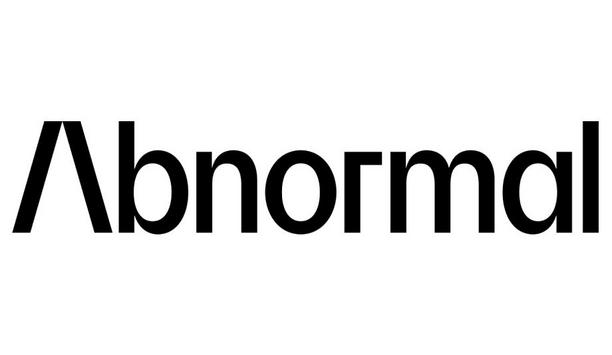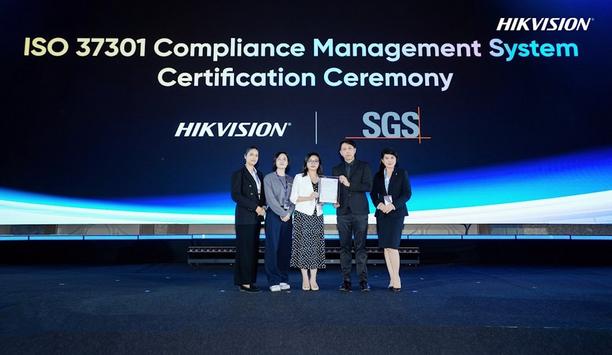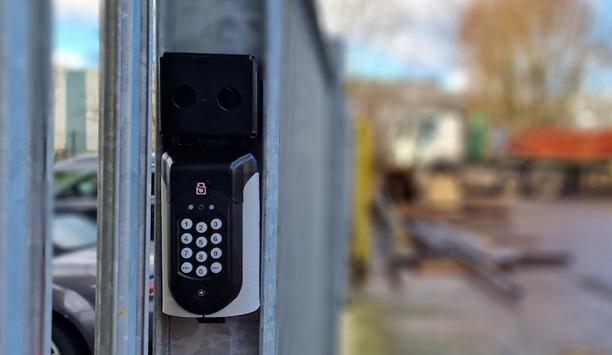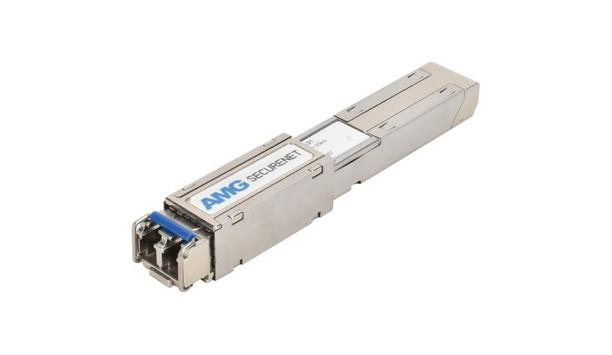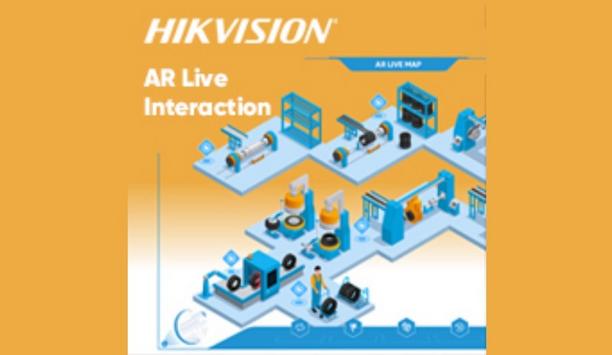Bosch Telemetry Receivers (13)
Browse Telemetry Receivers
Telemtry receiver products updated recently
Telemetry receivers - Expert commentary

End users can add security, safety and business intelligence – while achieving a higher return on investment at their protected facilities – with live streaming video....

Everybody has been hooked on the discussions about Analog HD or IP systems, but shouldn’t we really be thinking about WiFi and 5G connectivity, removing the need for expensiv...

Today, almost every employee carries with them a smart device that can send messages, capture, and record images and increasingly live-stream video and audio, all appended with acc...
Latest Bosch Security Systems news

There was high-level energy at GSX 2025, befitting an industry undergoing massive change. Artificial intelligence (AI) was everywhere, but not so much in the booth signage. Rather,...
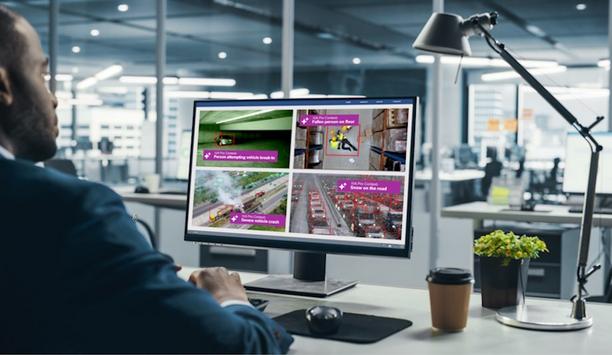
At GSX 2025, September 29 – October 1, Bosch Video Systems will introduce products and solutions designed to significantly enhance situational awareness for customers. Visi...

RecFaces, a provider of ready-made biometric software solutions, announces the online expert panel “All Aboard Securely: Facial Biometrics for Asian Railway & Metro&...
Trending topic articles
Suprema, a pioneer of AI-powered security solutions, announced that BioStation 3 is expected to set a new annual global sales record by the end of this year. This represents the highest annual sales...
The 19th Real Estate Development Summit Saudi Arabia – Luxury Edition successfully concluded after two days of high-level exchange, strategic collaboration, and global networking, bringing toget...
IDIS has launched two new advanced PTZ cameras, providing powerful AI and NIR performance. The extended range offers a broader choice of PTZ cameras to more efficiently cover open areas, in applicatio...
Leuze uses artificial intelligence (AI) to significantly improve the measurement accuracy of optical distance sensors for challenging industrial applications. This innovation improves measurement acc...
Alarm.com and Everon, LLC, a pioneering security integrator and premier provider of commercial security, video, fire, and life safety solutions, today announced a strategic partnership to deliver a un...
Integrated access control and security manufacturer TDSi now announces that from 1st January 2026, it will operate under the new name: TDSi by Hirsch. The change follows the global transformation of...
Aetina Corporation, a pioneering provider of Edge AI solutions, has announced the launch of its next-generation MXM AI Accelerator Module series accelerated by NVIDIA RTX PRO Blackwell Embedded GPUs,...
Abnormal AI, the pioneer in AI-native human behavior security, announced it has been recognized as a Leader in the 2025 Gartner® Magic Quadrant™ for Email Security, marking the company&rsquo...
DigiCert, a pioneer in intelligent trust, unveiled its 2026 Security Predictions, forecasting how AI, quantum computing, and automation will reshape global trust frameworks. The predictions highlight...
Building on earlier research published in October 2025, Zimperium announced that its zLabs team has uncovered a significantly enhanced variant of ClayRat, an Android spyware family first detailed in t...
Iris officially launches today, introducing a platform that transforms how cameras are controlled, and productions are managed. By turning virtually any PTZ camera into a software-connected, remotely...
Secutech, Asia’s premier security exhibition, will be held from 22 – 24 April 2026 at the Taipei Nangang Exhibition Center, Hall 1. This edition promises a robust showcase of more than 400...
Hikvision announced recently that it has achieved the ISO 37301:2021 Compliance Management System certification from SGS, the world's renowned testing, inspection, and certification company. This mil...
Balancing operational efficiencies and customer satisfaction with costs, resources, and legislative obligations is a challenge faced by every security services provider offering keyholding and alarm r...
Axis Communications, a industry pioneer in video surveillance, announces it has signed the U.S. Cybersecurity & Infrastructure Security Agency’s (CISA) Secure by Design pledge to transp...
The Key To Unlocking K12 School Safety Grants
DownloadHoneywell GARD USB Threat Report 2024
DownloadPhysical Access Control
DownloadThe 2024 State Of Physical Access Trend Report
DownloadThe Security Challenges Of Data Centers
Download- Optilan To Implement Telecoms And CCTV Services For Seagreen Wind Farm Project
- Softil Foresees MCC Over LTE Communications Playing A Major Role In Operations In The Mining And Transportation Industry
- eyevis UK Video Wall Successfully Secures Oxford Street London Store For Five Years, 24/7
- Siklu MmWave Technology Deployed In Cambridge City Center For CCTV Surveillance System

